Guyanese Food Dishes: Basic Overview
Common Ingredients
Common Cooking Methods
Courses
Meals
Key Taste
Eating Etiquette
Meal Presentation
Culinary Festivals
Influence and Fusion
Popular Types of Guyanese Dishes
-
Bread and doughs
Guyanese cuisine uses many types of starch to make bread, including wheat and cassava flour.
Baking and frying are popular ways of cooking bread and doughs.
Guyanese bread is mainly used as a side dish.
-
Stews
Guyanese stews are rich and savory dishes for the main course.
These dishes often feature meat, vegetables, and various local condiments.
-
Snacks
Snacks in Guyanese cuisine are usually prepared by frying.
These dishes have a rich flavor and, usually, a crispy exterior.
Many snacks are well-known street food items
-
Desserts
Popular Guyanese desserts include cakes and pastries.
Flour, sugar, spices, and, sometimes, dairy products are their main ingredients.
Desserts are a vital part of many holiday meals in Guyana.
Guyanese dishes are culinary specialties from Guyana, a South American country that shares many traits with various Caribbean food delights These dishes are shaped mainly by European, Indian, African, Chinese, and indigenous influences.
Due to Guyana’s coastal location, seafood is a popular ingredient in many local dishes. During Christmas, Old Year’s Night (New Year), Easter, Diwali, and Holi, people celebrate with many special food offerings.
Let’s discover what makes traditional Guyanese food special, from its core characteristics to global popularity and healthy aspects.
For each entry on Guyanese dishes, you also learn about its history, influences, signature ingredients, and techniques.
Next, I will cover the factors that shape Guyanese cuisine and suggest beverages for pairing with local dishes.
Now, let’s check out these 21 Guyanese dishes.
21 Most Popular Guyanese Dishes with Filters
The 21 greatest dishes from Guyana are waiting for you to explore. Navigate this content more easily with my advanced filters for alphabetical sorting, main ingredients, taste, cooking methods, dish types, and courses.
In addition, there are filters based on specific culinary styles, such as traditional, national, and street food options. Use them to improve your reading experience.
Guyanese Pepperpot
- National
- Traditional
Guyanese pepperpot is a Guyanese stew combining meat with cassareep and cinnamon. Cassareep is a local condiment based on the thick, black liquid made from cassava tubers and spices.
It takes hours to simmer a rich and aromatic serving of Guyanese pepperpot. Locals often pair this special stew with boiled vegetables, roti, rice, and bread.
Guyanese people serve pepperpot during many holidays, especially Christmas and Boxing Day. Outside of this country, Guyanese pepperpot is also well-known in many Caribbean countries.
Roti
- Street Food
- Traditional
Roti is a popular flatbread in Guyana. Hailing from India, it was introduced to this South American country by Indian indentured laborers.
The Guyanese take on roti is made with wheat flour, ghee, and oil, creating a soft yet melt-in-your-mouth texture. Compared to the original version, Guyanese-style roti is thicker and flakier.
There are two main types of roti in Guyana: soft, layered dosi roti and crispy puri. The latter involves deep-frying the thin dough in ghee.
Many iconic Guyanese dishes go well with roti, such as curry, spicy vegetables, smoked chicken, and eggs.
Curry
- National
- Traditional
Guyanese curry is a popular Guyanese dish of Indian origin. Locals prepare it by simmering meat and vegetables simmered in a rich sauce comprising oil and numerous spices.
Curry in Guyana is a main dish usually served alongside rice, bread, vermicelli, or roti. Chicken curry is immensely popular, but there are other variations like the seven Curry and katahar curry.
Seven curry is a striking assortment of seven different vegetarian curries traditionally served on a giant water lily leaf at Hindu religious festivals. Katahar curry is made with green katahar (breadnut) and serves as a popular dish at Guyanese Hindu events.
Cook-Up Rice
- Traditional
Cook-up rice is a Guyanese one-pot rice dish consisting of rice, coconut milk, meats, and herbs. This rice dish was created by enslaved Africans and originally utilized whatever leftover ingredients were available.
Today, you’ll likely see cook-up rice on any Saturday and Old Year’s Night. The modern version is a hearty, flavorful dish that always accompanies fresh herbs, meat, fried fish, black-eyed peas, or pigeon peas.
Fried Bake
- Street Food
- Traditional
Fried bake, also known as float or fry bake, is a Guyanese bread made by frying flattened balls of dough in hot oil. It has a fluffy texture and golden brown color.
A well-known side dish, fried bakes go well with salted fish and steamed vegetables. Many people also enjoy it as a snack and breakfast dish.
Fried bakes originated in Trinidad and Tobago and are well-known in many other Caribbean countries, such as Dominica and Grenada.
Pholourie
- National
- Street Food
Pholourie is a Guyanese ball-shaped snack and street food with a crunchy texture and tender, flavorful inside. Mango and tamarind chutneys are popular accompaniments for this treat.
The main ingredients of pholourie are flour, ground split peas, water, and aromatic spices. People mix these ingredients, shape the dough into balls, and fry these balls until golden brown.
Notable pholourie variations are sahlourie or saheena pholourie. Indian immigrants introduced pholourie to Guyana, then spread its popularity across Trinidad and Tobago, Suriname, and beyond.
Cassava Bread
- Traditional
Cassava bread is a popular snack in Guyana that is suitable for all meals, from breakfast to supper. Many locals pair it with cheese, peanut butter, avocados, pepperpot, soft drinks, and fruit juices.
Guyanese people make cassava bread by grating cassava tubers and baking the starch until it develops a nutty flavor and a chewy texture. This traditional bread has been a staple of the indigenous peoples since ancient times.
Metemgee
- Traditional
Metemgee is a Guyanese soup featuring the creamy richness of coconut milk, the earthy taste of ground provisions (tubular root vegetables), and the fluffy texture of duff, a local steamed dumpling with no filling.
To make metemgee, the chef simmers everything in a savory broth until the soup becomes rich and tender. In terms of side dishes, metemgee goes well with extra duff, fried fish, and chicken.
Callaloo
- Traditional
Callaloo is a well-known Guyanese stew that originated in Caribbean cuisine. This steamed vegetable stew is a blend of leafy greens, such as amaranth, dasheen (taro), Xanthosoma (elephant’s ears), water spinach, or pokeweed.
Due to the diversity of native greens, there are countless combinations of callaloo. Locals often serve this vegetable-based side dish with cooked tubers, rice dishes, or a salt cod salad.
Unlike other Caribbean variants, callaloo in Guyana doesn’t contain okra.
Fish Cake
- Street Food
- Traditional
Fish cake in Guyana is created from fish, potatoes, breadcrumbs, eggs, and surimi. Like the rest of the world, locals prepare fish cakes in many ways, such as boiling, steaming, or frying.
Guyanese fish cakes are oval, cylindrical, or flattened into patties. People tend to relish fish cakes as a snack or appetizer or pair them with soup. Tangy chutneys are also a great addition to enjoying this dish.
Black Cake
- Traditional
Black cake is a rich dessert widely enjoyed in Guyana. This baked dessert consists of eggs, flour, spices, dried fruits, nuts, and a generous dash of rum.
The addition of alcohol improves the moisture texture and the shelf life of the black cake. To give this Guyanese specialty its distinct black color, people add caramelized sugar to the batter.
Black cakes are a beloved fixture in Guyanese weddings and Christmas celebrations, but they aren’t unique to Guyana: Many countries in the Caribbean feature in their festivities, too..
Pine Tart
- Traditional
Pine tart is a Guyanese snack and dessert known for its flaky short-crust pastry exterior and the sweet and tangy filling of pineapple jam.
A standard pine tart has a triangular shape and goes well with hot beverages as a snack or dessert. Some people even consume it as a quick and satisfying lunch.
Souse
- Exotic
- Street Food
Souse is a Guyanese soup-like or stew-like dish made with pickled meat and trimmings, especially chicken’s and pig’s feet. It sometimes has vegetables, such as corn, celery, and onions.
Classic souse involves boiling and brining the meat in a mixture of water, lime juice, and various vegetables. However, many people simply boil the meat until tender and serve it hot in a tangy broth.
Souse is a hearty dish often reserved for special occasions and parties or family gatherings on the weekends. Originating in Europe, this flavorful dish is also present in many Caribbean cuisines.
Egg Balls
- Street Food
Egg ball is a famous Guyanese snack, street food, and breakfast dish that has become popular in many countries throughout the Americas.
Basically, egg balls are boiled eggs that are wrapped in cassava mash and fried to golden perfection. Locals usually serve them with a side of sour chutney.
Plantain Chips
- Street Food
- Traditional
Plantain chip is a beloved snack in Guyana. People prepare it by deep-frying strips or slices of either yellow or green plantains and let them drain on a paper towel or baking rack to ensure a crispy texture.
From bus stops to street vendors, plantain chips are easy to find all over Guyana. Sour sauces or dips are suitable accompaniments to bring out the sweet and rich flavors of this snack.
Like other plantain-based dishes, plantain chips became popular in Guyanese and Caribbean cuisines thanks to enslaved Africans.
Custard Block
- Street Food
Custard block, or Guyanese ice cream, is a famous frozen dessert and street food in Guyana. The core ingredients of this sweet and creamy treat are evaporated milk, custard powder, and spices, with cashew, oat, or almond milk as popular flavorings.
Guyanese street vendors chill custard blocks in plastic bags and cut them into chunks before selling them to customers. At room temperature, the custard block transforms into a frosty, slushy treat that tastes very refreshing on a hot day.
Mithai
- Traditional
Mithai is a sweet confectionery and dessert from Guyana. Its name was probably inspired by the general term for confectionery in the Indian subcontinent.
Guyanese mithai is usually made with flour, milk, and spices. These ingredients are shaped strips of dough that are deep-fried in oil and doused in sugar syrup or dusted with sugar.
Local people often prepare mithai for Hindu holidays.
Konkee
- Traditional
Konkee is a Guyanese dough-like dish introduced by enslaved Africans. It is the local adaptation of kenkey, which originated in Ghana.
Konkee is prepared by kneading fermented corn dough until smooth and then wrapping it in banana leaves or corn husks before steaming or boiling.
This dough-based dish is great for serving with spicy pepper sauces, rich stews, soups, and fried fish.
Conkie is a Guyanese dish that shares many similarities with konkee, but it is sweeter and mainly served as a dessert.
Farine
- Traditional
Farine, literally “flour” in Portuguese, is a popular type of flour in Guyana, with cassava starch as the main ingredient. It is deeply rooted in local cuisine and was historically consumed by indigenous tribes.
People make farine by heating the juice extracted from cassava and using it as a thickening agent in soups and stews or as the main ingredient in porridge and bread recipes.
Since cassava flour is gluten-free, farine can make an ideal substitute for wheat flour in many recipes.
Guyanese Pudding
- Traditional
Pudding is a popular Guayense sausage dish that comes in two varieties: black and white puddings.
The Guyanese white pudding consists of rice, chicken, shredded coconut, pork, liver, onions, and herbs. The black variety has the addition of cow blood.
Both white and black puddings in Guyana offer a rich, herby, and savory flavor. Guyanese people usually pair these sausages with rice, roti, and sour or spicy sauces.
Carne de Vinha D’alhos
- Traditional
Carne de vinha d’alhos is a pork-based dish in Guyana. It originated in Portugal and arrived on Guyana’s shores in the 19th century.
The making of carne de vinha d’alhos starts with marinating pork in a blend of cloves, thyme, paprika, red pepper paste, wine or vinegar, and garlic. Next, the meat is simmered until it becomes tender and flavorful.
But pork isn’t the only type of meat used in Guyanese-style carne de vinha d’alhos; some versions feature chicken, beef, or other meats. Christmas is a popular time to enjoy this rich pork dish in Guyana.
Carne de vinha d’alhos demonstrates the richness and diversity of Guyanese dishes, which is an important factor in keeping local cuisine relevant and popular.
What Is Special About Guyanese Dishes?
There are 4 factors that have shaped and defined Guyanese cuisine: culinary influences, historical influences, cultural diversity, and diverse ingredients. I will tell you about them shortly.
Guyanese cuisine is a symphony of many famous culinary influences, including Indian, African, British, Portuguese, and indigenous cooking traditions. Some other cuisines, such as Chinese and Creole, also have a noticeable effect on Guyanese dishes.
Understanding the history of Guyana will help you make sense of its culinary makeup. The tale starts with the native tribes who utilized staple ingredients, such as cassava.
With the arrival of European colonizers and the unfortunate era of slavery, the local cuisine incorporated European, African, and Creole influences. British and Portuguese cooking traditions were especially influential.
After the abolition of slavery, indentured laborers from India and China came to Guyana, bringing their culinary traditions.
Guyana is a culturally diverse country with a multiracial population and many religious beliefs. Christmas, Easter, Diwali, and Holi are important holidays and come with many festive dishes.
The menu in Guyana employs many local ingredients, especially tubers, seafood, and fruits. Spices and herbs are also extensively used due to the Indian and Chinese culinary legacy.
Next, I will delve into common beverages for pairing with dishes in Guyanese cuisine.
What Beverages to Pair With Guyanese Dishes?
Below are the most popular recommendations for food and drink pairings in Guyanese cuisine.
Rum
With its rich and smooth flavor, Guyanese rum pairs well with hearty and flavorful dishes of any kind, such as pepperpot, curries, and cooked-up rice.
Beer
A light and refreshing beer can balance the rich taste of rich and strongly seasoned dishes, though specialties with light flavors also work well. Ideal choices are Guyanese pepperpot, pholourie, and souse.
Mauby
Mauby is a distinct Guyanese beverage with a bitter-sweet flavor, which is suitable for bringing out the goodness of light and not very spicy dishes. My top suggestions are plantain chips, custard blocks, and mithai.
Sorrel Drink
With its tart and refreshing taste, sorrel drink is excellent for accompanying both sweet and savory, including pine tarts, black cakes, and metemgee.
What do you think about Guyanese dishes? Let me know in your comment section! Before you go, don’t forget to share this list with your friends.





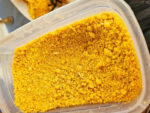
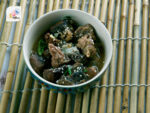
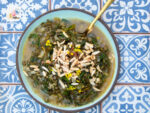
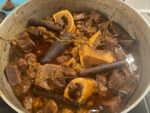
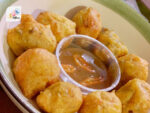
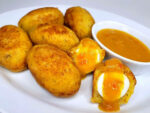
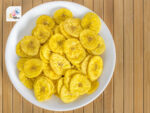
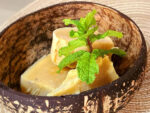
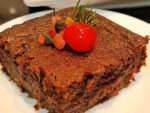

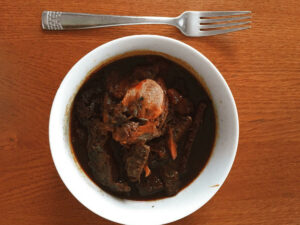
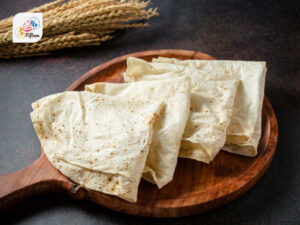
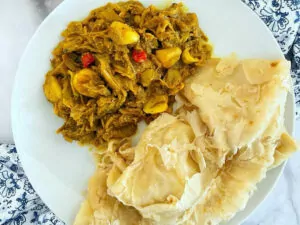
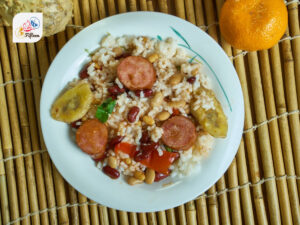
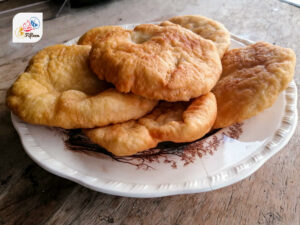
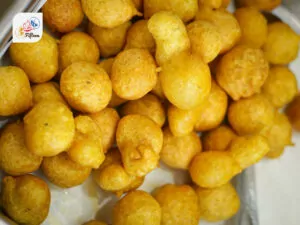
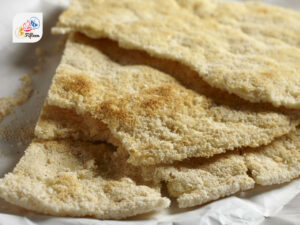
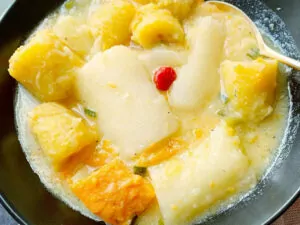
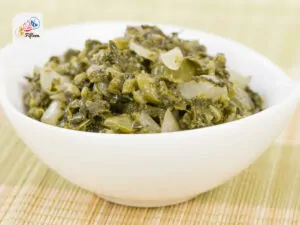
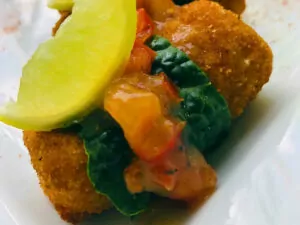


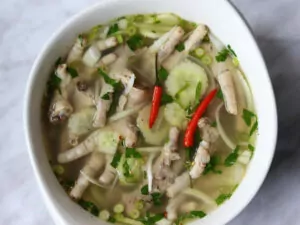
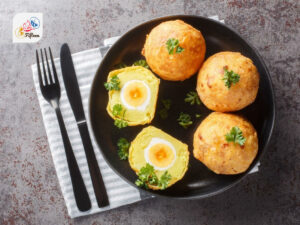
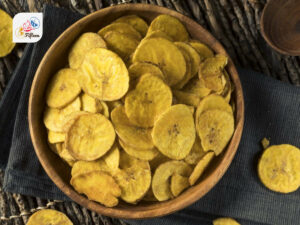


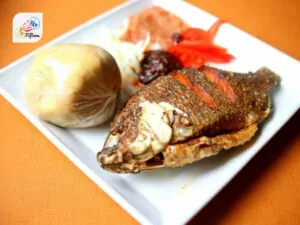
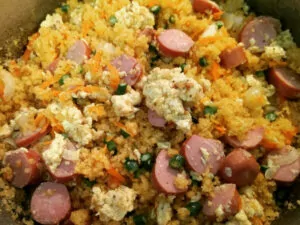
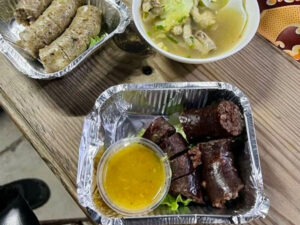
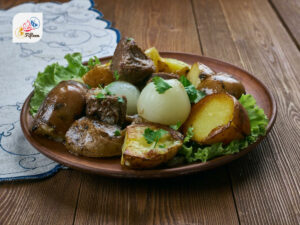
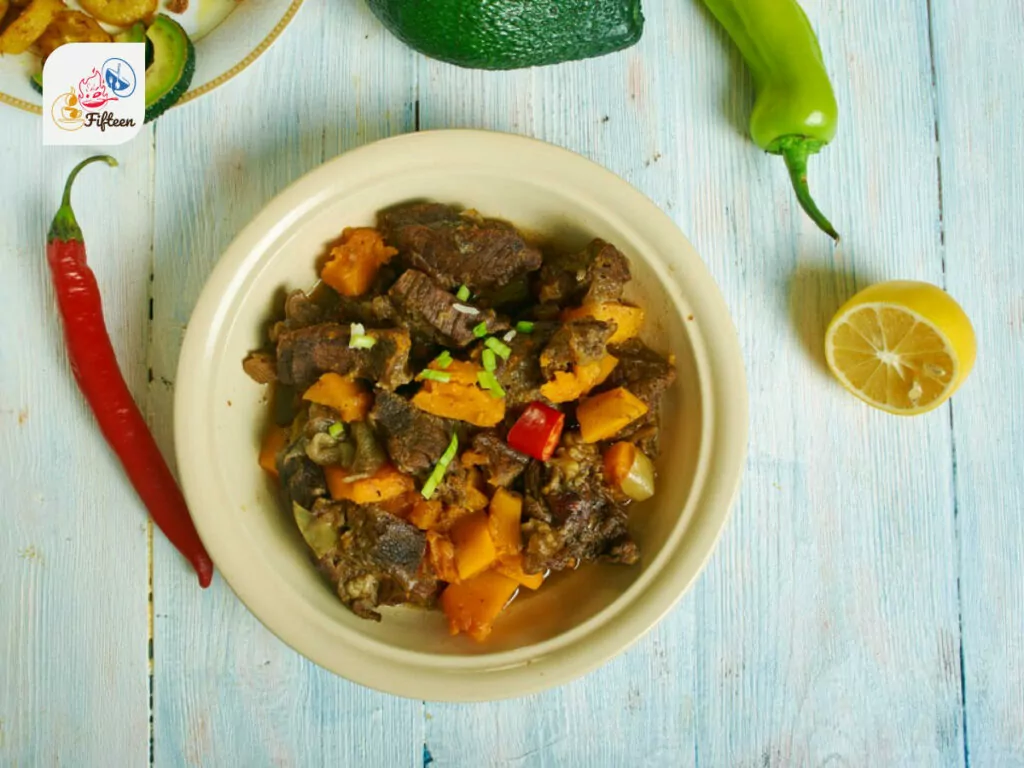
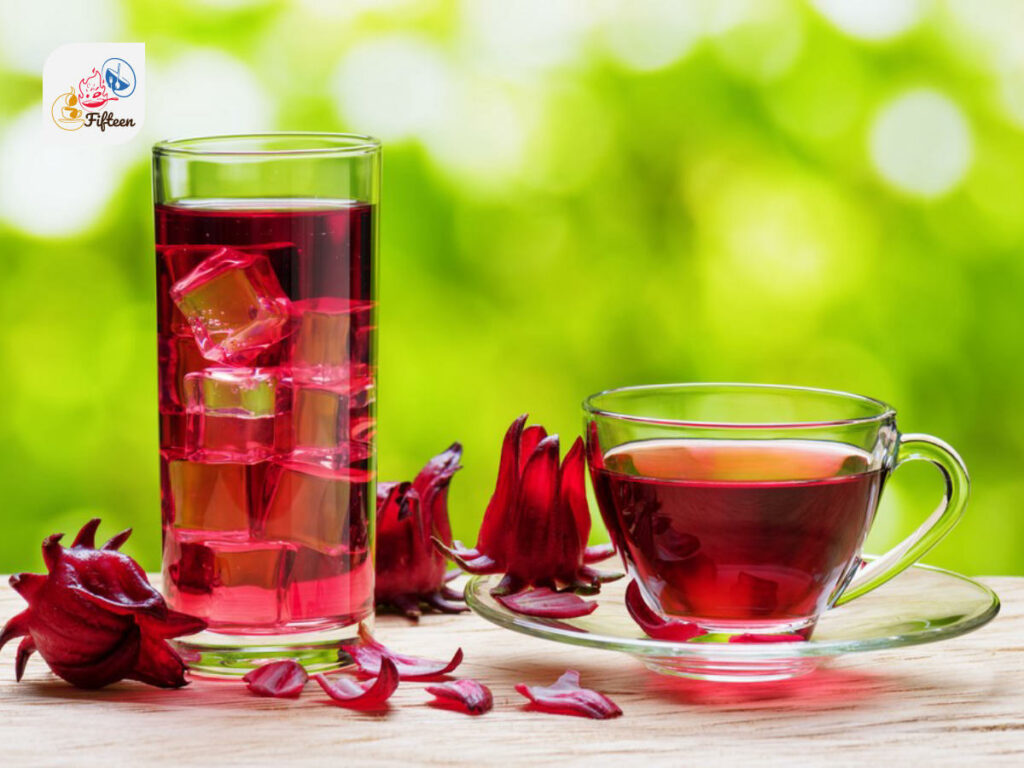
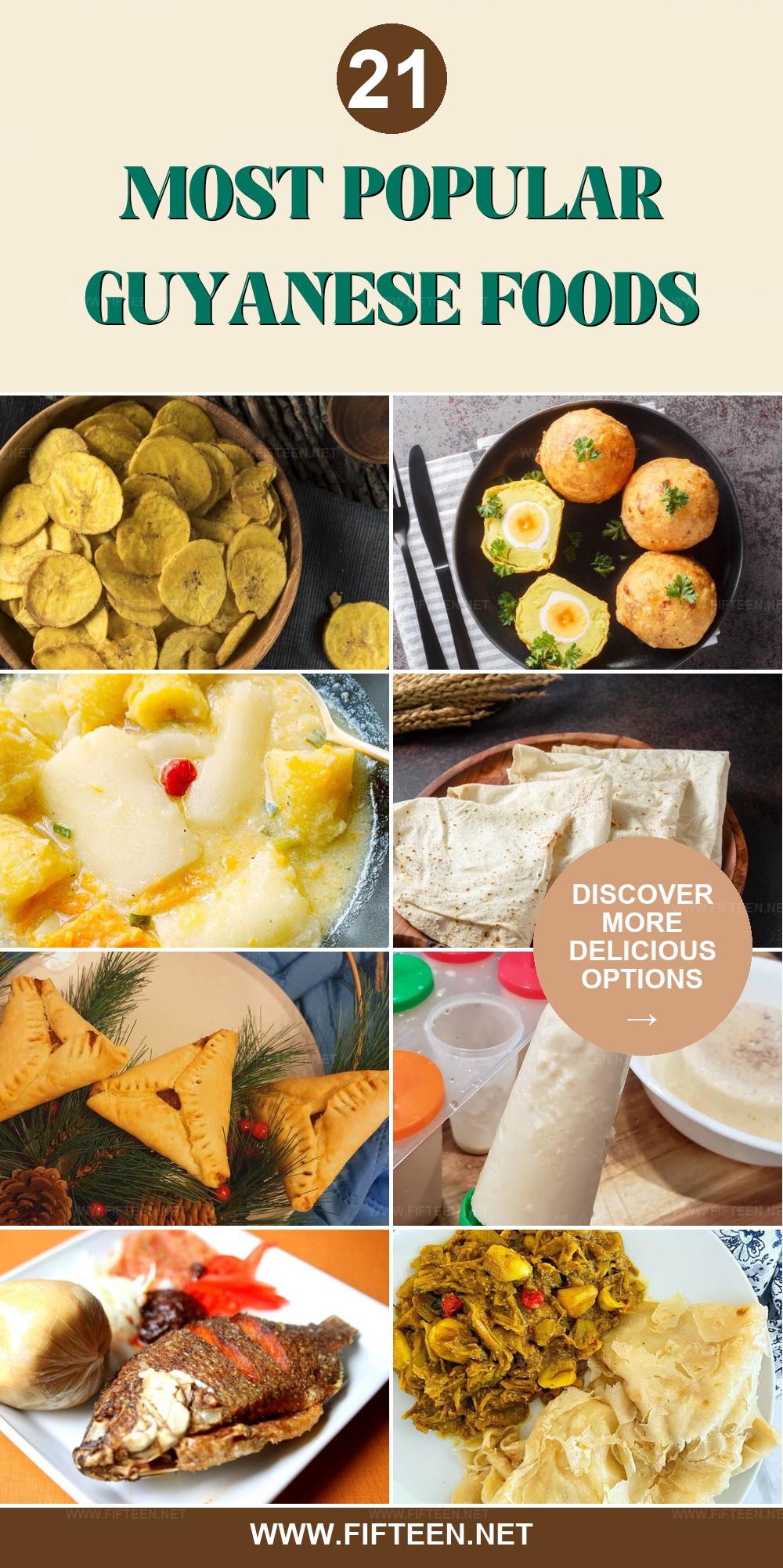
Jamie Scott
Editor in Chief, Senior Content Writer
Expertise
Home Cooking, Meal Planning, Recipe Development, Baking and Pastry, Food Editor, Cooking-video Maker, Western Food Evaluation Expert
Education
Le Cordon Bleu College of Culinary Arts
Local Community College, New York, NY
Jamie Scott is a skilled culinary expert and content creator specializing in Western cuisine. With over 15 years in the culinary field and formal training from Le Cordon Bleu, Paris, Jamie deeply understands how to blend nutrition with delicious flavors. His passion for cooking matches his commitment to making healthy eating accessible and enjoyable.
On Fifteen.net, Jamie brings a fresh perspective to classic dishes and beverages, offering readers insightful recipes, cooking tips, and a fresh view on meal planning that emphasizes taste, health, and simplicity.